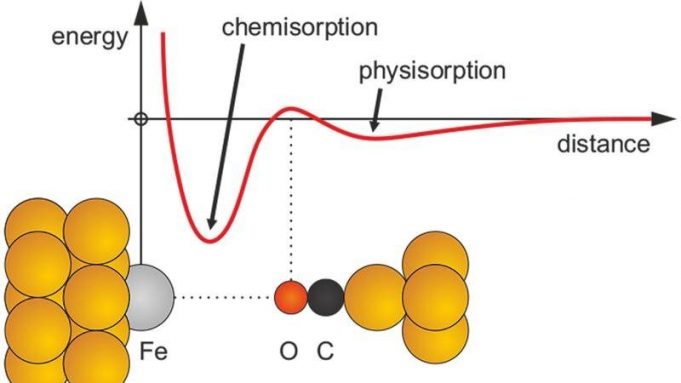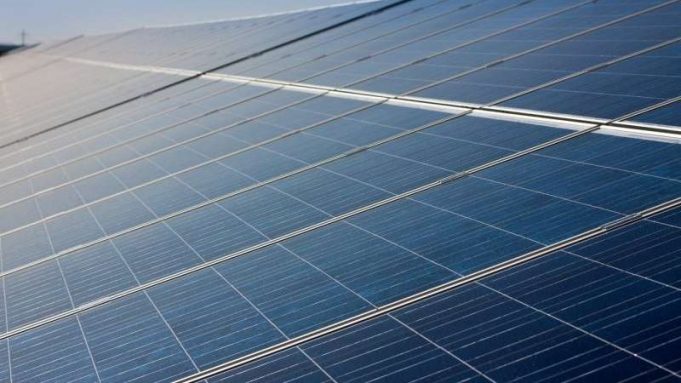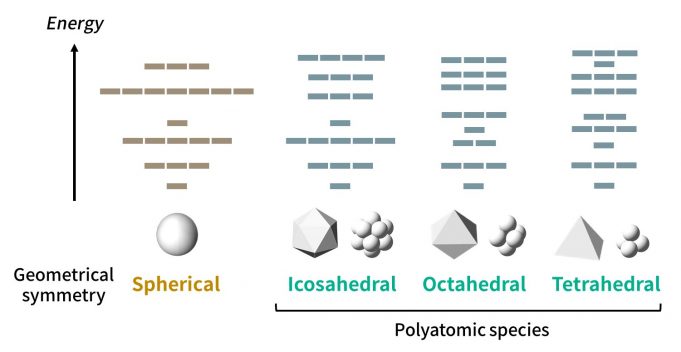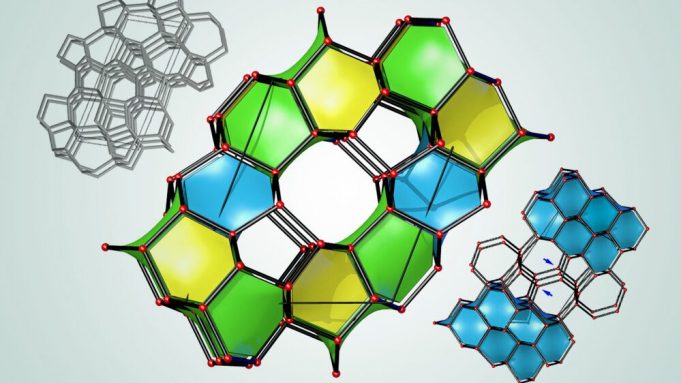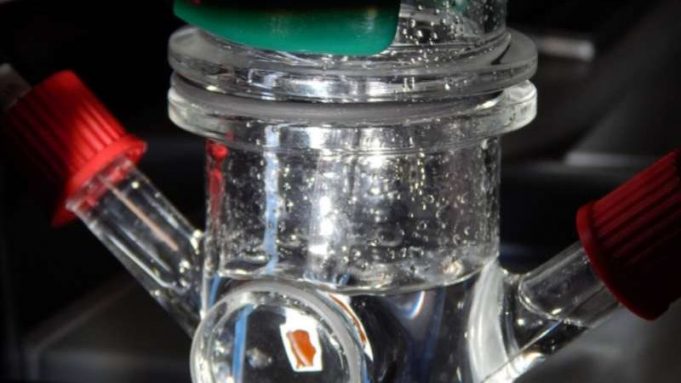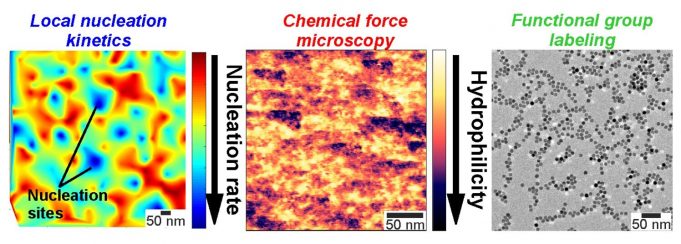A cube one-40th the size of a human red blood cell can glow when it detects flammable gas. The nanocube, designed by chemists at the University of Tokyo, is part of a research project to develop artificial systems that...
The philosopher Arthur Schopenhauer formulated a metaphor called the porcupine dilemma, which explains a certain optimal distance between people. People feel alone at too large a spacing and uneasy at too close a proximity. Schopenhauer explained the ideal spacing...
Solar cells that use mixtures of organic molecules to absorb sunlight and convert it to electricity, that can be applied to curved surfaces such as the body of a car, could be a step closer thanks to a discovery...
The periodic table of elements was proposed in 1869, and thereafter became one of the cornerstones of the natural sciences. This table was designed to contain all the elements found in nature in a special layout that groups them...
Superhard materials can slice, drill and polish other objects. They also hold potential for creating scratch-resistant coatings that could help keep expensive equipment safe from damage.
Now, science is opening the door to the development of new materials with these...
Securing enough energy to meet human needs is one of the greatest challenges society has ever faced. Previously reliable sources—oil, gas and coal—are degrading air quality, devastating land and ocean and altering the fragile balance of the global climate,...
For 6,000 years, humans have been making things from metal because it's strong and tough; a lot of energy is required to damage it. The flip side of this property is that a lot of energy is required to...
As recreational marijuana legalization becomes more widespread throughout the U.S., so has concern about what that means for enforcing DUI laws. Unlike a breathalyzer used to detect alcohol, police do not have a device that can be used in...
Water is everywhere on Earth, but maybe that just gives it more space to hide its secrets. Its latest surprise, Stanford researchers report Aug. 26 in Proceedings of the National Academy of Sciences, is that microscopic droplets of water spontaneously...
A polymer that self-destructs? While once a fictional idea, new polymers now exist that are rugged enough to ferry packages or sensors into hostile territory and vaporize immediately upon a military mission's completion. The material has been made into...
Nucleation is the formation of a new condensed phase from a fluid phase via self-assembly. This process is critical to many natural systems and technical applications including the manufacturing of pharmaceuticals and advanced materials, the formation of clouds, mineral...






